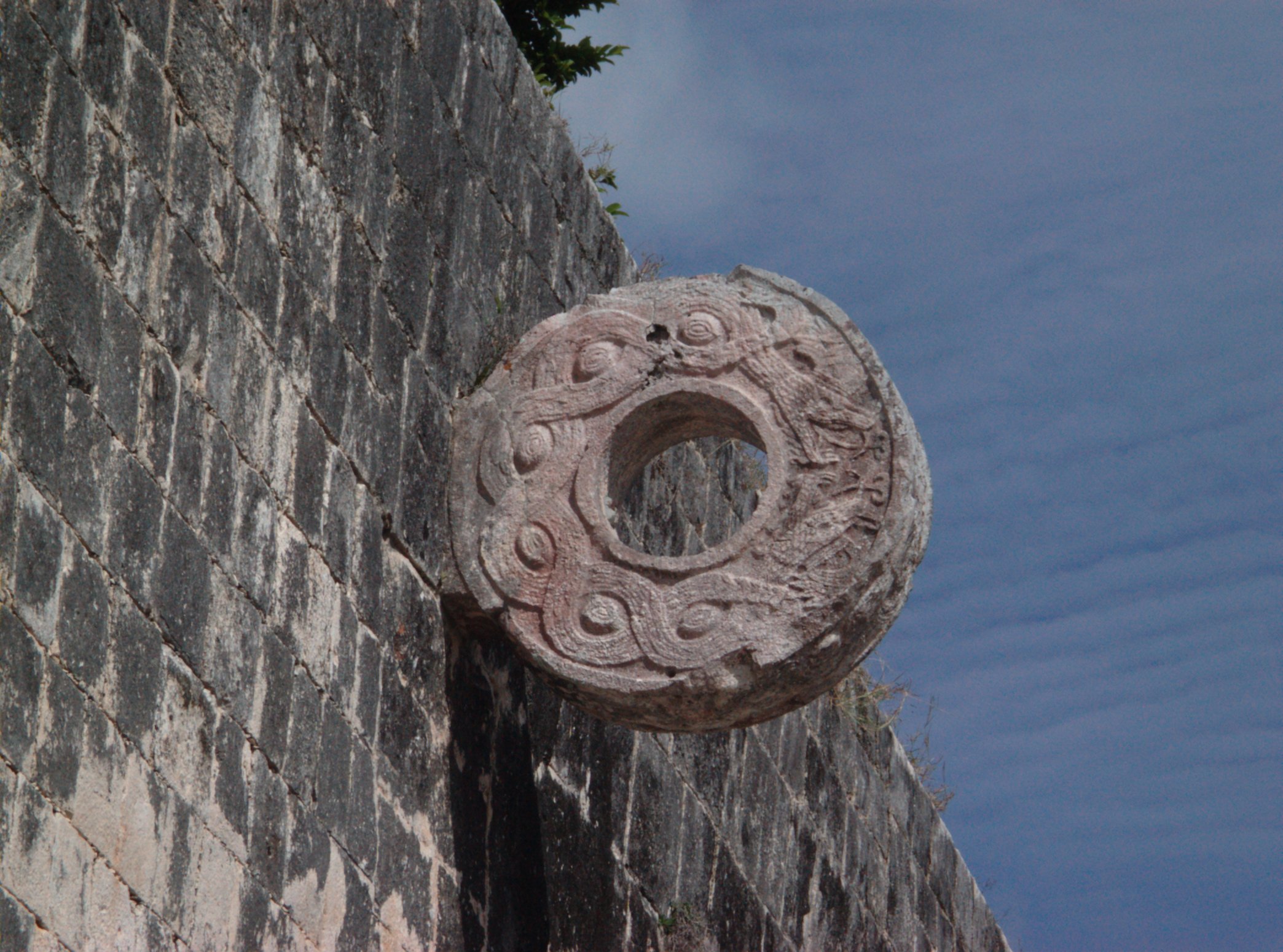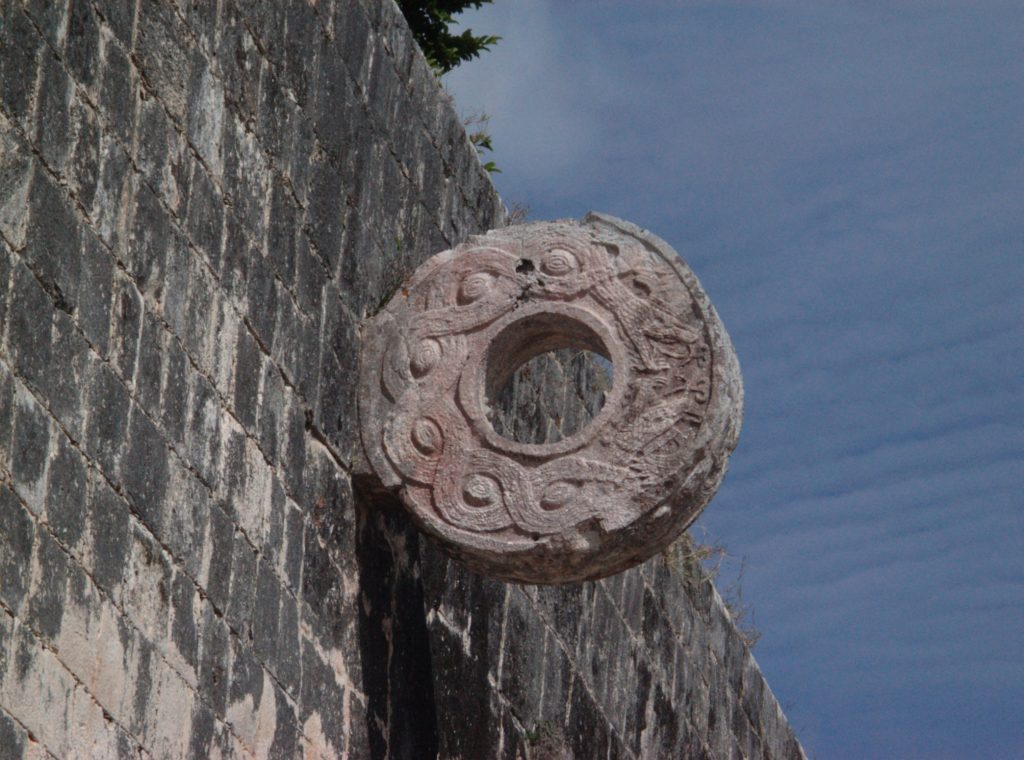Mexico City is a capital built on Aztec ruins and, as a result, it has been a hotbed for archeological discovery, uncovering much about how past Mesoamerican civilizations lived.
Keeping up with that tradition, archaeologists recently uncovered centuries-old remains on a nondescript side street, behind a Roman Catholic cathedral near the Zocalo plaza. Workers discovered the foundation of a massive circular temple, which was dedicated to the Aztecian wind god Ehecatl, as well as a smaller ritual ball court, which confirmed accounts of the first Spanish chroniclers to visit the Aztec imperial capital.
The head of Mexico’s Instituto Nacional de Antropología e Historia, Diego Prieto, told Reuters, “Due to finds like these, we can show actual locations, the positioning and dimensions of each one of the structures first described in the chronicles.”
Archaeologists also detailed an offering of 32 severed male neck vertebrae that was discovered in a pile just off the court, hinting at a connection to the ballgame played nearby. “It was an offering associated with the ball game, just off the stairway,” stated archaeologist Raul Barrera. “The vertebrae, or necks, surely came from victims who were sacrificed or decapitated.”
The temple was said to be built during the 1486-1502 reign of Aztec Emperor Ahuizotl, predecessor of Montezuma, who conquistador Hernán Cortés overthrew during the 1521 Spanish conquest of Mexico. The circular form of the temple stood out greatly among the several dozen square-shaped temples that occupied the Aztecs’ most sacred ceremonial space. Some of the original white stucco still remains visible on parts of the recently-discovered temple.
Aztec archaeologist Eduardo Matos believes this discovery could lead to further clues into Aztec life. “We’ve been working this area for nearly 40 years, and there’s always construction of some kind and so we take advantage of that and get involved.”
After the excavation is completed, an Aztec museum will be built on the site, standing side-by-side with the other modern buildings in the capital.




